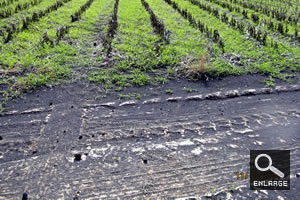One of the oldest ways to fertilise crops was “slash and burn” agriculture, where tropical forests are intentionally levelled and burned to create open space and nutrients for crops. In the US, this month’s innovation turns this practice upside down to access a waste product from the pulp wood industry as a fertiliser for cotton.

According to a report on the website of America’s cotton producers and importers, Coley Bailey in Coffeeville, Mississippi, has perfected a system to sustainably utilise the wood ash from a local pulp mill to supply his cotton with lime, potassium, and phosphorus.
Plant material is a near-perfect blended fertiliser for crops because the ratios of N-P-K-S-micronutrients are similar in all plants – putting back on the land, what other plants took out, the website said.
Coley has turned a disposal problem for a local pulp mill into a custom fertiliser-lime product for the cost of hauling and spreading on his farm. He shares his cost-saving innovation and hard learned lessons to making it work on the farm.
Although most cotton farmers don’t have pulp mills nearby, the strategy of looking for alternative sources of nutrients and lime – paired with the science and management to make them work – is applicable to every grower who is faced with low prices for their commodity and high prices for their purchased inputs. Whether it is wood ash, manure, your own fields gin trash, or grey water, alternative fertiliser and lime sources require careful analysis and integration into current management practices.





